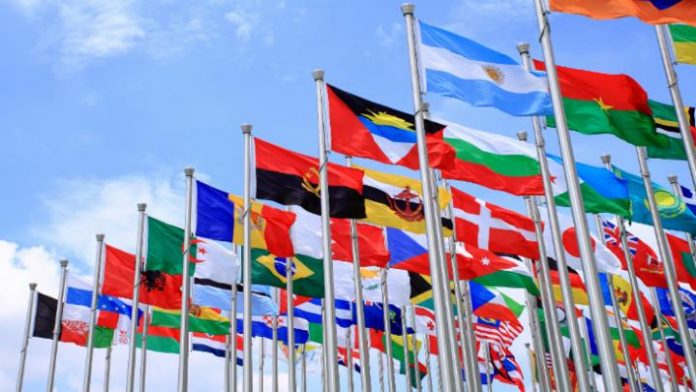The latest UNWTO World Tourism Barometer shows destinations worldwide received 671 million international tourist arrivals between January and June 2019, almost 30 million more than in the same period of 2018 and a continuation of the growth recorded last year. Chinese outbound tourism continued to drive arrivals in many destinations during the first half of 2019.
Growth is led by the Middle East (+8%) and Asia and the Pacific (+6%). International arrivals in Europe grew 4%, while Africa (+3%) and the Americas (+2%) enjoyed more moderate growth.
Growth in arrivals is returning to its historic trend and is in line with UNWTO’s forecast of 3% to 4% growth in international tourist arrivals for the full year 2019.
So far, the drivers of these results have been a strong economy, affordable air travel, increased air connectivity and enhanced visa facilitation. However, weaker economic indicators, prolonged uncertainty about Brexit, trade and technological tensions and rising geopolitical challenges, have started to take a toll on business and consumer confidence.
Europe grew 4% in the first six months of 2019, with a positive first quarter followed by an above-average second quarter (April: +8% and June: +6%), reflecting a busy Easter and the start of the summer season in the world’s most visited region. Intra-regional demand fuelled much of this growth, though performance among major European source markets was uneven, amid weakening economies. Demand from overseas markets such as the USA, China, Japan and the countries of the Gulf Cooperation Council (GCC) also contributed to these positive results.
Asia and the Pacific (+6%) recorded above world average growth during the January-June 2019 period, largely fuelled by Chinese outbound travel. Growth was led by South Asia and North-East Asia (both +7%), followed by South-East Asia (+5%), and arrivals in Oceania increased by 1%.
In the Americas (+2%), results improved in the second quarter after a weak start of the year. The Caribbean (+11%) benefitted from strong US demand and continued to rebound strongly from the impact of hurricanes. North America recorded 2% growth, while Central America (+1%) showed mixed results. In South America, arrivals were down 5% partly due to a decline in outbound travel from Argentina that affected neighbouring destinations.
Africa saw a 3% increase in international arrivals. North Africa (+9%) continues to show robust results, while growth in Sub-Saharan Africa was flat (+0%).The Middle East (+8%) saw two strong quarters.
Chinese outbound tourism (+14% in trips abroad) continued to drive arrivals in many destinations during the first half of 2019. Trade tensions with the USA as well as the slight depreciation of the yuan, may influence destination choice by Chinese travellers in the short term, but in the longer-term spending is increasing.
Outbound travel from the USA, the world’s second largest spender, remained solid (+7%), supported by a strong dollar. In Europe, spending on international tourism by France (+8%) and Italy (+7%) was robust, though the United Kingdom (+3%) and Germany (+2%) reported more moderate figures.
Among the Asian markets, spending from Japan (+11%) was strong while the Republic of Korea spent 8% less in the first half of 2019, partly due to the depreciation of the Korean won. Australia spent 6% more on international tourism.
The Russian Federation saw a 4% decline in spending in the first quarter, following two years of strong rebound. Spending out of Brazil and Mexico were down 5% and 13% respectively, partly reflecting the wider situation of the two largest Latin American economies.








 ©2024 All rights reserved LaingBuisson
©2024 All rights reserved LaingBuisson 


